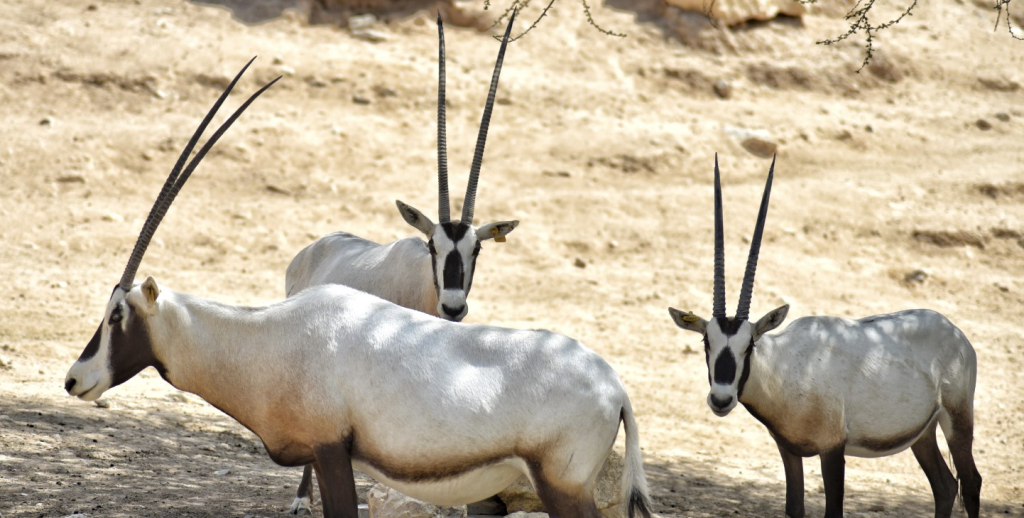
The decline of endangered species is an alarming global issue, with numerous animals facing the threat of extinction due to habitat loss, climate change, poaching, and human encroachment. Species such as the Sumatran tiger, the Javan rhino, and various marine animals are teetering on the brink of extinction, raising urgent questions about what can be done to protect them.
Conservation efforts are critical in reversing this decline. Establishing protected areas and wildlife reserves provides safe habitats for these species, shielding them from human activities. Additionally, anti-poaching laws and strict enforcement are essential to curb illegal hunting and trade. Organizations like the World Wildlife Fund (WWF) and local conservation groups play a vital role in these efforts, often working with governments to implement protective measures.
Public awareness and education are also key. By understanding the importance of biodiversity and the role each species plays in its ecosystem, people are more likely to support conservation initiatives. Simple actions, such as reducing the use of single-use plastics, supporting sustainable products, and donating to conservation causes, can make a significant difference.
Moreover, international cooperation is crucial. Since wildlife does not recognize national borders, countries must collaborate on transboundary conservation efforts. Through coordinated global actions, there is hope to slow down, and eventually reverse, the decline of endangered species, ensuring that future generations can witness the rich diversity of life on our planet.